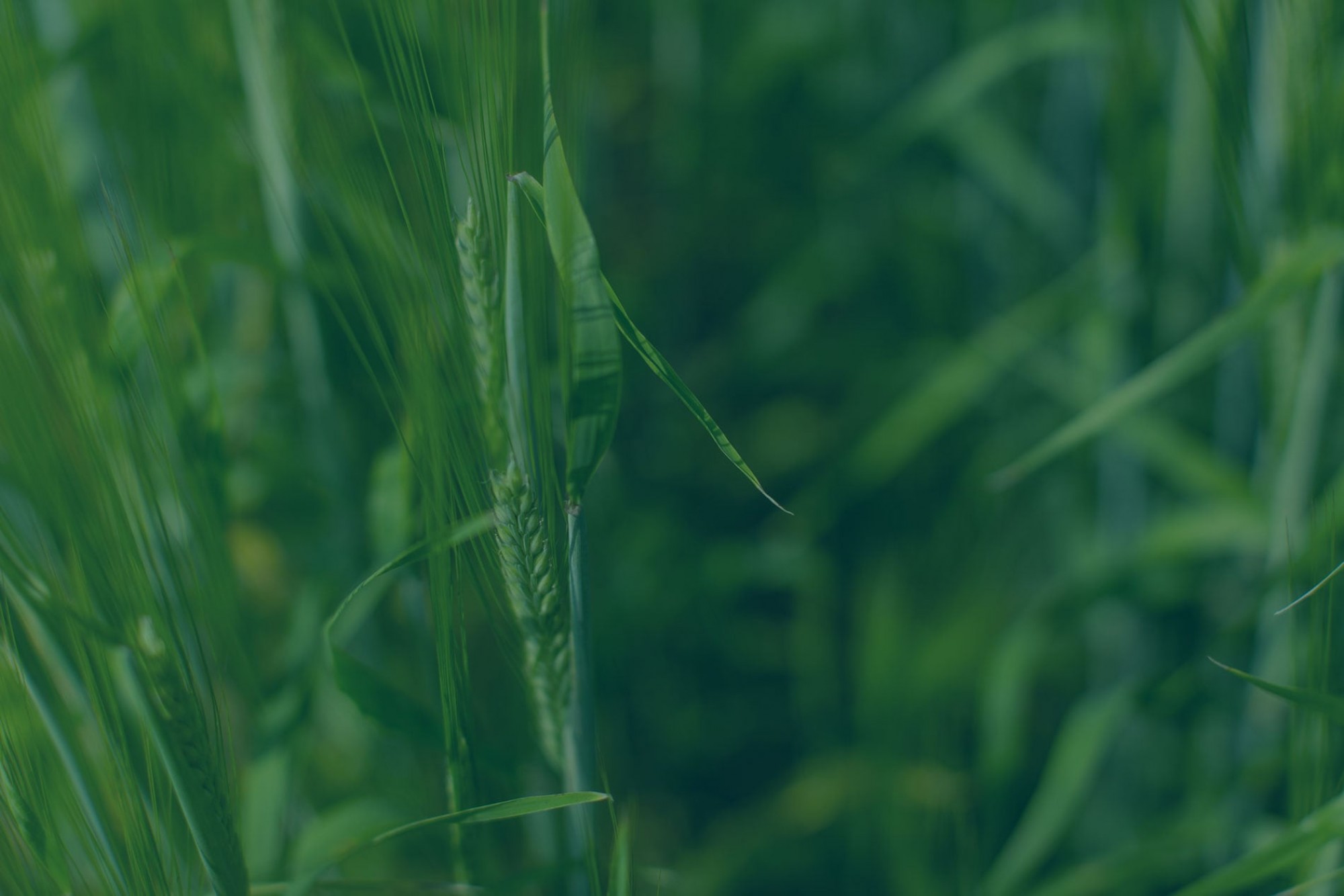Seeding – info package for seeding tips
As seeding season is quickly approaching, it is time to get a refresher on the major seeding considerations. This article is a one-stop shop for tips on variety selection, seed sources, seeding rate, seeding date, and seeding depth.
Variety Selection
Key Points
- Use the Alberta Seed Guide
- Consider yield, agronomics and disease package
Resources
Seed Quality
Key Points
- Test the seed
- Use high quality seeds
Resources
Seeding Rate
Key Points
- Consider TKW, germination, and emergence percentage
Resources
Seeding Date
Key Points
- Seed early
- Seed based on soil temperature
Resources
Seeding Depth
Key Points
- Ideally 1.5-2” (3.72-5cm)
- Seeder calibration
Resources
Variety Selection
Seeding decisions start from variety selection. The Alberta Seed Guide is one of the great sources to obtain credible, non-biased variety performance information. Making the most of the seed guide is a good starting point in choosing the varieties that best suit your farm.
The following article outlines how to interpret each column of the seed tables to make variety choices, taking into consideration yield, agronomic performance and disease package:
Variety Selection using the seed guide – 2025
The seed tables can be found online at Alberta Seed Guide
Seed Sources
The quality of seed lots is assessed by accredited seed labs based on the following parameters:
- Germination: % of seeds germinate in favourable conditions
- Vigour: % of seeds germinate in less-than-ideal conditions
- Thousand kernel weight: crucial in calculating seeding rates
- Mechanical damage: % seed damaged during harvest, handling, etc.
- Disease diagnostic profile: some may impact germination, crop development or grain quality
How to interpret your seed test results - a step-by-step guide outlines the importance of each of the above measurements and how to make seeding decisions using them. Check it out if you recently received your seed test reports.
Seeding Rate
Sowing the right amounts of seeds is the foundational step in establishing a healthy vigorous crop. Proper seeding rate helps the crop to compete with weeds. In addition, it allows the crops to grow more uniformly, which is crucial in timing fungicides, pre-harvest herbicides and harvest.
Seeding Rate Calculator is a great tool to calculate the amount of seeds required, based on either target seeding rate or target plant stand. The calculator calls for a few crucial information:
- Target plant stand or target seeding rate: See the table below
- Germination rate: can be obtained from the seed labs
- Thousand kernel weight: can be obtained from the seed labs
- Emergence percentage: the percentage of viable seeds that become established plants. Emergence percentage can be calculated by counting plants in a square foot around 3 weeks post-seeding and compare with the number of viable seeds in that area. Emergence mortality may vary field to field, and year to year. Getting a good idea of the emergence percentage is an important part in sowing the right amount of seeds.
The target plant stands for wheat, barley and oats are:
-large.png)
Source: Manitoba Agriculture
The optimum seeding rate for cereal crops are summarized in the following tables. Keep in mind that the germination rate and emergence mortality can have an impact on the actual seeding rate.
-large.png)
Seeding Date
Seeding early provides a few advantages: 1) utilizing early spring moisture; 2) longer time for plant growth and development; and 3) escaping the worst damage from heat, insects, diseases etc. Previous research shows crop yield decline by 0.6 to 1.7% per day of delayed seeding after April 30th. This translates to 9 – 25% yield reduction when the crop is planted May 15th instead of April 30th. The following graph shows how seeding date impacts yields of the major crops in the Prairies:
-large.png)
Figure 1. 2010 - 2019: Seeding Date vs. Average Yield Response.
Source: https://www.masc.mb.ca/masc.nsf/mmpp_seeding_dates.html
Soil temperature is a better indicator of the seedbed conditions than the calendar date. Each spring varies a lot in terms of moisture conditions and temperatures, making seeding based on calendar dates less than ideal.
Soil temperature can be measured at 5cm depth in mid-morning. Based on ultra-early seeding research, seeding at 2-4°C soil temperature provides higher yield and yield stability south of Calgary, and equivalent results north of Calgary compared to seeding at higher soil temperatures of 8-10°C.
A visual look of ultra-early seeding trials shows how early-seeded durum was already heading out in the last week of June 2024, while the ones seeded later were still in stem elongation stage. The early-seeded durum was better equipped to escape the heat wave in July 2024 and achieve a higher yield potential; while the grain filling period of the later-seeded durum coincided with the heat wave in July, which had bigger impact on the yield.
Seeding Depth and Seeder Calibration
The optimum seeding depth for spring cereal crops is 1.5 to 2 inches (3.75 to 5 cm). This depth allows for sufficient water absorption by the seeds to promote germination, while avoiding too much energy depletion before the shoot reaches the ground and start photosynthesis.
Seeding depth - from a seed's perspective provides more background information on how to choose a seed depth that balances between “seeding into moisture” and “quick emergence”.
To place seeds at the optimum seeding depth, check the openers for plugs and wear before seeding. Also check the front-to-back and side-to-side leveling of the frame. During seeding, check the seeding depth behind the seeder to make sure all settings are working properly.
Conclusion
Seeding sets the foundation of a successful crop. Choosing the right genetics, using high-quality seed lots, using the right seeding rate, seeding early and putting the seeds into the right depth are all crucial parts of the success. If you have seeding-related questions, consult with local agronomists or reach out to Alberta Grains Agronomy and Extension team at rxia@albertagrains.ca and we’d like to help!

